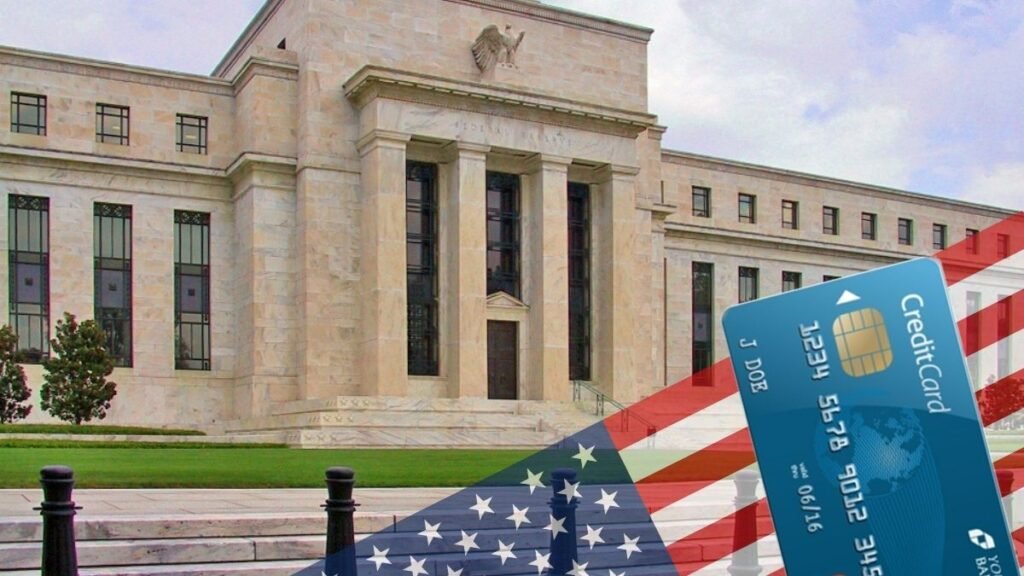With the Federal Reserve Open March Meeting coming to a close on Wednesday, there have been updates regarding the Fed Rate Decision. The Federal Reserve is still looking for a clear signal of the possibility of interest rate cuts happening soon.
However, nobody is sure when the Fed rate decision will happen.
What is the Fed Rate Decision Impact?
After inflation peaked at 9.1% in June 2022, the Federal Reserve raised the interest rates 11 times in the following months to control consumer prices. With inflation at 3.2% in February, the Fed is taking steps carefully to better understand what to do next.
Currently, the Federal Reserve is aiming for a 2% target, and their decision on March 20, 2024, to keep the Fed rate the same for the fifth meeting in a row shows that the US economy is still progressing against inflation.
However, this Fed rate decision means the Federal Reserve is not hurrying to cut rates too quickly.
The Federal Reserve still controls the federal funds rate, which is the rate banks use for short-term borrowing. The Fed has decided to keep this rate in the range of 5.25-5.50%, affecting not only borrowing costs but also savings rates across the financial world.
The major impact of the Fed rate decision is slowing down the economy. This is done by raising rates to control rising costs, which are measured by the consumer price index. Additionally, the Fed rate decision impacts economic recovery.
What Does the Fed Rate Decision Mean?
The Federal Open Market Committee, in its statement on March 20, has said that it will not lower interest rates until they are more confident inflation is heading towards 2%.
The FOMC is still expecting three interest rate cuts by the end of 2024. The Fed rate decision to not increase rates will affect all loans and accounts.
Interest rates on checking accounts are usually very low, ranging from 0.06% to 0.07%, meaning not much interest is earned but it is easily accessible for daily expenses. On the other hand, traditional savings account rates at have increased from 0.37% to 0.47% in the past year with some high-yield savings accounts reaching 4.5% to 5% APY or more.
Money market accounts offer higher returns than regular checking accounts, with the national average interest rate for money market accounts rising from 0.54% to 0.67%.
The Fed rate decision to keep the rates steady will result in the rates on high-yield savings and money market accounts remaining high.
Since the Fed rate decision to increase in 2022, interest rates on personal loans have increased from 8.73% to 12.35%, meaning paying more interest on new personal loans.
Federal student loans have fixed interest rates, so they are not directly affected by the Fed rate decision. However, the same cannot be said for private student loans with variable rates.
The Fed rate decision is going to impact the mortgage rates. For example, the 30-year fixed-rate mortgages have increased from 4% at the beginning of Fed rate hikes to now just below 7%. The Fed does not directly control mortgage rates, but financial markets influence them.
The Fed rate decision has caused the credit card interest rates to increase from 16% to over 21% during the Fed’s recent rate hikes.
Read Also:
Chase’s 5% Bonus Categories for Q2 2024
Fed Meeting March 2024: What You Can Expect
Bitcoin Retreats as GrayScale ETF Daily Outflow Hits a New High
